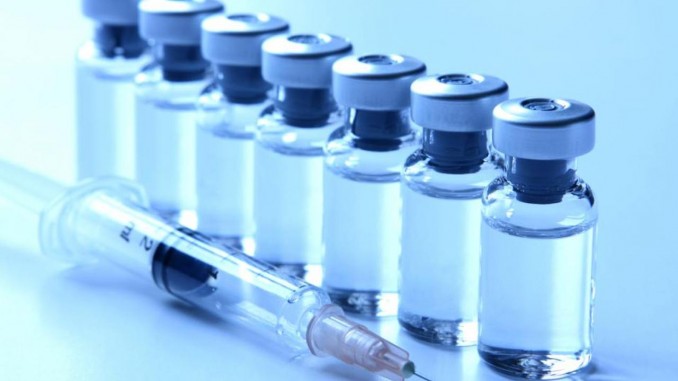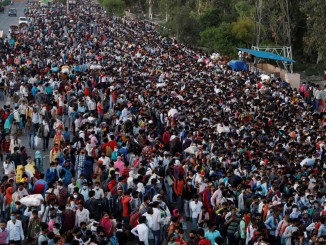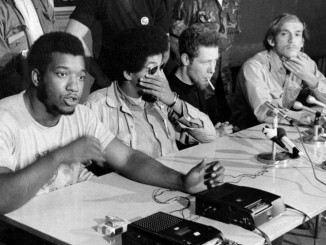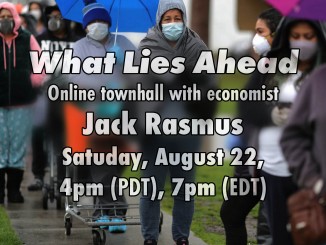
Throughout the COVID-19 pandemic, racial disparities that plague Black, Latinx, and other marginalized communities are on full and shameful display, and the vaccine rollout has shown no change in tune. In Baltimore City specifically, with a 62% Black population, only 37% of all vaccine recipients are Black (as of the second week in March). In contrast, 41% of Baltimore City vaccine recipients are white, while they represent only 30.5% of the population.
A common excuse for this disparity has been attributed to “vaccine hesitancy” – when individuals or populations are skeptical or distrusting of receiving the vaccine. And there are certainly good reasons for Black Baltimoreans to be distrusting of the healthcare system that disproportionally sues them for medical debt, has stolen their cells for research, and disregards their health concerns. However, a recent poll from Goucher College indicates that 60% of Black Maryland residents want to or have already received their first dose, contradicting this theory of disparity.
To add insult to injury, Larry Hogan, the governor of Maryland, said that Baltimore City received more COVID-19 vaccines than it was “entitled to” despite data showing that only 38.5% of all Baltimore City immunizations were given to city residents, while the majority of those vaccines have instead gone to residents of counties with majority white populations. At a statewide level, Maryland has the largest disparity – of all 38 states where race data are available – between the Black share of the general population and the vaccinated population. Additionally, Maryland has the largest proportion of Black health care workers and first responders of those same states and so should represent a larger fraction of Black people eligible for the vaccine.
Obviously, vaccination efforts have not provided equitable access to those who need it. Black workers are more likely to work front-line jobs and face a greater risk of exposure to COVID-19. As the city tries to reopen businesses and schools, Black communities with lower vaccination rates will again be disproportionately infected. Systemic inequalities such as lack of access to transportation, internet, and work schedule conflicts all contribute to this disparity in immunizations. The immense inequality seen in Baltimore shows us the system’s complete disregard for Black communities while relying on their labor as “front-line” and “essential”.




